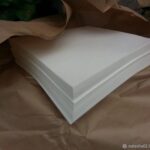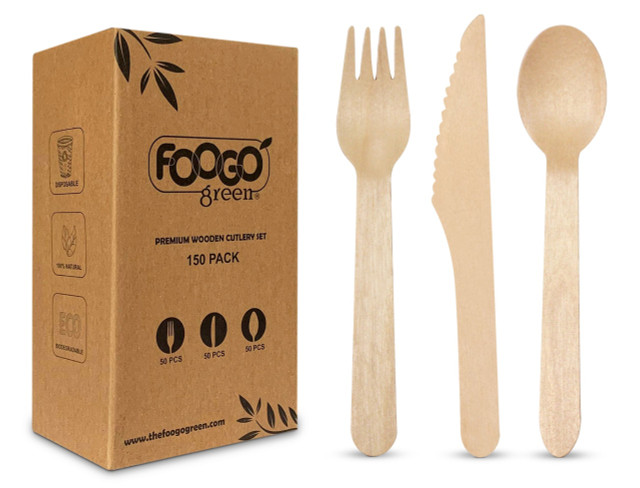In today’s environmentally conscious world, businesses and consumers are searching for greener alternatives to reduce waste and pollution. One standout solution is sugarcane bagasse—a natural by-product of sugar production that’s gaining popularity for its sustainability and versatility. Let’s explore how this material is transforming packaging, tableware, and beyond.
What Is Sugarcane Bagasse?
Bagasse is the fibrous residue left after sugarcane stalks are crushed to extract their juice. Instead of discarding it as waste, manufacturers are now repurposing bagasse into eco-friendly products, offering a powerful alternative to plastic and Styrofoam.
The Origins of the Bagasse
Sugarcane has long been cultivated in tropical regions for its juice, which is processed into sugar. After extracting the juice, the dry pulp remains. Traditionally used as fuel or animal feed, modern innovations have elevated bagasse into biodegradable packaging and food containers.
Key Benefits of Sugarcane Bagasse Products
1. 100% Biodegradable and Compostable
Bagasse naturally decomposes within 30–90 days under composting conditions. Unlike plastic, it doesn’t linger in the environment or release harmful microplastics.
2. Renewable and Abundant Resource
Sugarcane is harvested annually, making bagasse a renewable by-product. Its use promotes a circular economy and reduces the dependency on fossil-fuel-based materials.
3. Sturdy and Heat-Resistant
Bagasse products are microwave-safe and resistant to oil and heat, making them ideal for takeaway containers, plates, and bowls.
4. Chemical-Free Manufacturing
Unlike plastic, which relies on chemical processing, bagasse products are made with minimal additives—safe for food contact and better for human health.
Popular Uses of Sugarcane Bagasse
1. Food Packaging and Tableware
From compostable plates and bowls to clamshell containers, bagasse is a favourite for cafes, food trucks, and catering services.
2. Agricultural Mulch and Fertiliser
Leftover pulp can also be used as a natural fertiliser or mulch in farming, helping retain soil moisture and improve soil structure.
3. Biodegradable Industrial Packaging
Bagasse trays and inserts are replacing plastic foam in electronics and consumer goods packaging, offering sturdy protection without the pollution.
Why Businesses in the UK Are Choosing Bagasse
With the UK government pushing toward net-zero carbon goals and stricter regulations on single-use plastics, more businesses are adopting sugarcane bagasse packaging to align with sustainable practices. Not only does it reduce environmental impact, but it also appeals to eco-conscious consumers.
How to Dispose of Bagasse Products Properly
For maximum environmental benefit, sugarcane bagasse items should be composted. They break down best in commercial composting facilities, but they can also decompose in home compost bins under the right conditions.
Tips for Consumers Switching to Bagasse
-
Check Labels: Look for certifications like “compostable” or “100% biodegradable.”
-
Compost After Use: If commercial composting is available in your area, dispose of used containers responsibly.
-
Support Green Businesses: Choose restaurants and brands that use bagasse packaging for deliveries and takeaways.
The Future of Bagasse: More Than Just Tableware
Research is underway to develop bagasse-based textiles, bioplastics, and even building materials. As innovation continues, sugarcane bagasse could be a cornerstone in building a more sustainable world.
Final Thoughts
Sugarcane bagasse isn’t just another green trend—it’s a practical, sustainable material that’s solving real-world problems. By embracing this eco-friendly solution, individuals and businesses can significantly cut down on plastic waste while supporting a cleaner planet.
FAQs
1. Is bagasse packaging safe for hot food?
Yes, sugarcane bagasse containers are heat-resistant and safe for serving hot meals or microwaving.
2. Can bagasse be used in home composting?
It can decompose in home compost systems, though it may break down faster in industrial composting facilities.
3. How long does it take for bagasse to decompose?
Typically, bagasse decomposes within 30 to 90 days under composting conditions.
4. Is bagasse better than paper for packaging?
Yes, because it’s made from agricultural waste, not trees, and requires less energy to produce.
5. Where can I buy sugarcane bagasse products in the UK?
Many eco-friendly online retailers, wholesalers, and local suppliers offer bagasse packaging, especially for the foodservice industry.
Make the sustainable switch today with sugarcane bagasse and contribute to a cleaner, greener future.
- Sugarcane Bagasse: The Sustainable Revolution in Eco-Friendly Packaging
- In today’s environmentally conscious world, businesses and consumers are searching for greener alternatives to reduce waste and pollution. One standout solution is sugarcane bagasse
- Sugarcane Bagasse
Related posts:
 Discover Why Custom Greaseproof Paper Is Changing Food Packaging Forever
Discover Why Custom Greaseproof Paper Is Changing Food Packaging Forever
 How Custom Fast Food Boxes Are Making Packaging More Impactful Today
How Custom Fast Food Boxes Are Making Packaging More Impactful Today
 Custom CBD Oil Boxes: Why They’re Essential for Building Your Brand
Custom CBD Oil Boxes: Why They’re Essential for Building Your Brand
 Boost Your Business with Custom Printed Fish and Chip Paper Today
Boost Your Business with Custom Printed Fish and Chip Paper Today
 Discover the Benefits of Custom Heat Seal Paper for Your Business
Discover the Benefits of Custom Heat Seal Paper for Your Business
 Maximize Product Perception Using Premium Custom Glassine Paper
Maximize Product Perception Using Premium Custom Glassine Paper
 Treasure Orbit Emerges as the Most Trusted PepsiCo Distributor in Dubai
Treasure Orbit Emerges as the Most Trusted PepsiCo Distributor in Dubai
 The Challenges Of Food Photography: What Sets Professionals Apart
The Challenges Of Food Photography: What Sets Professionals Apart







